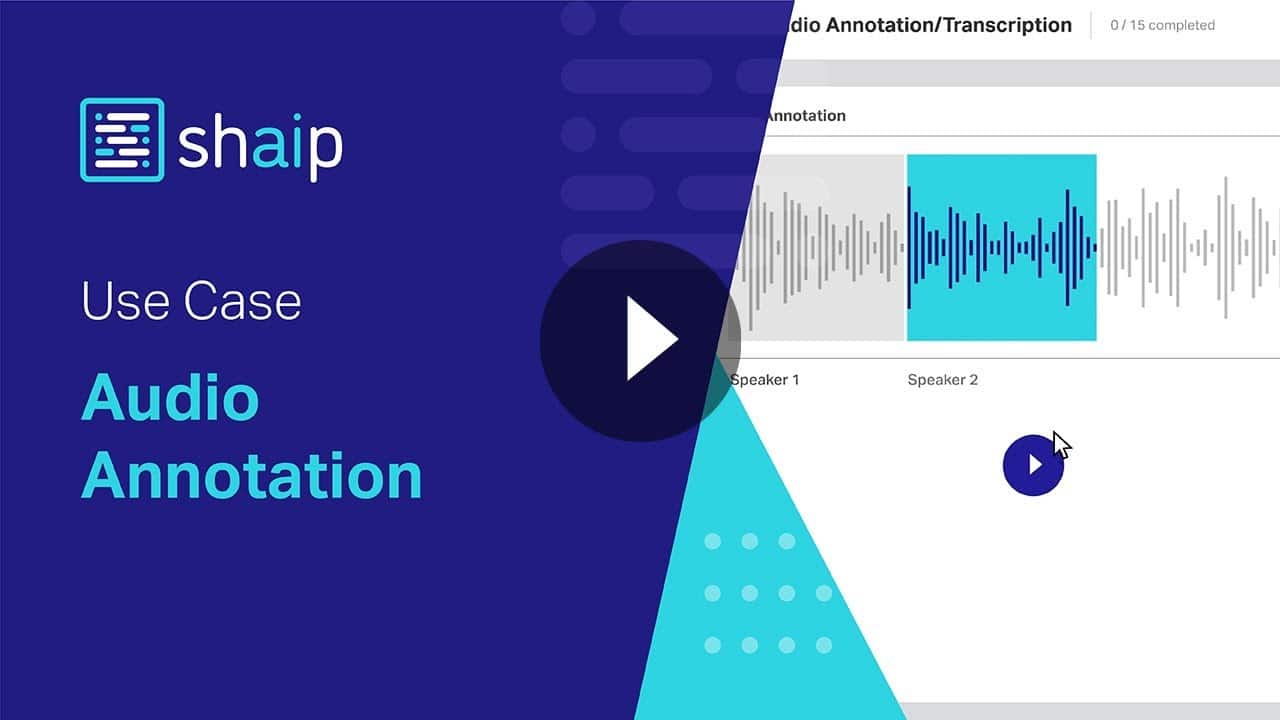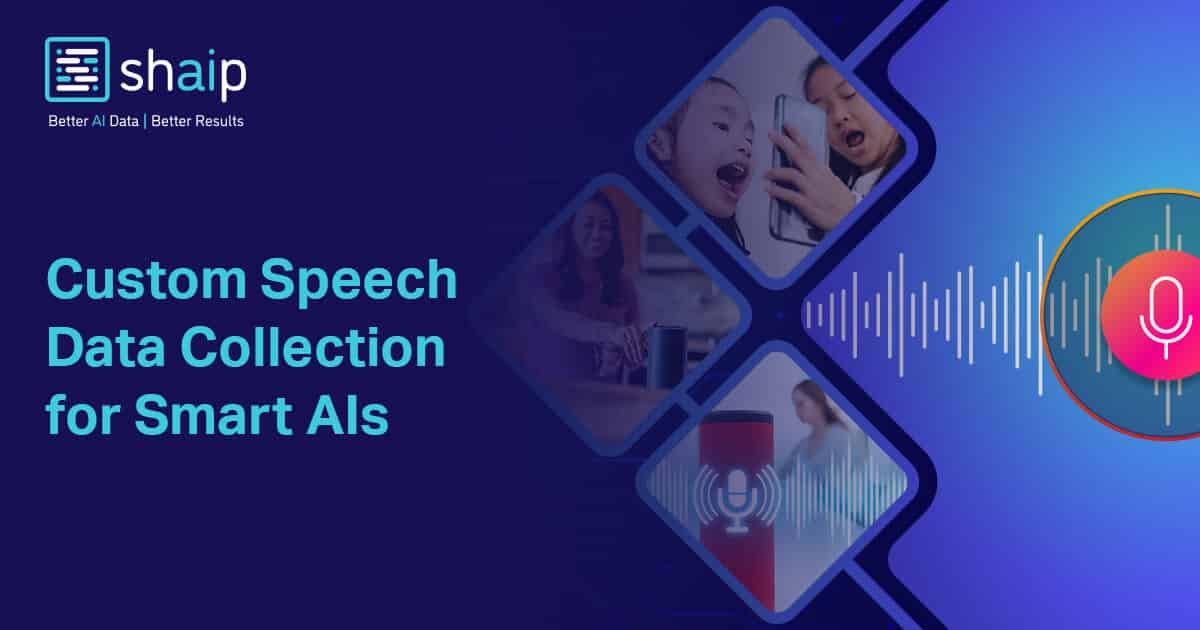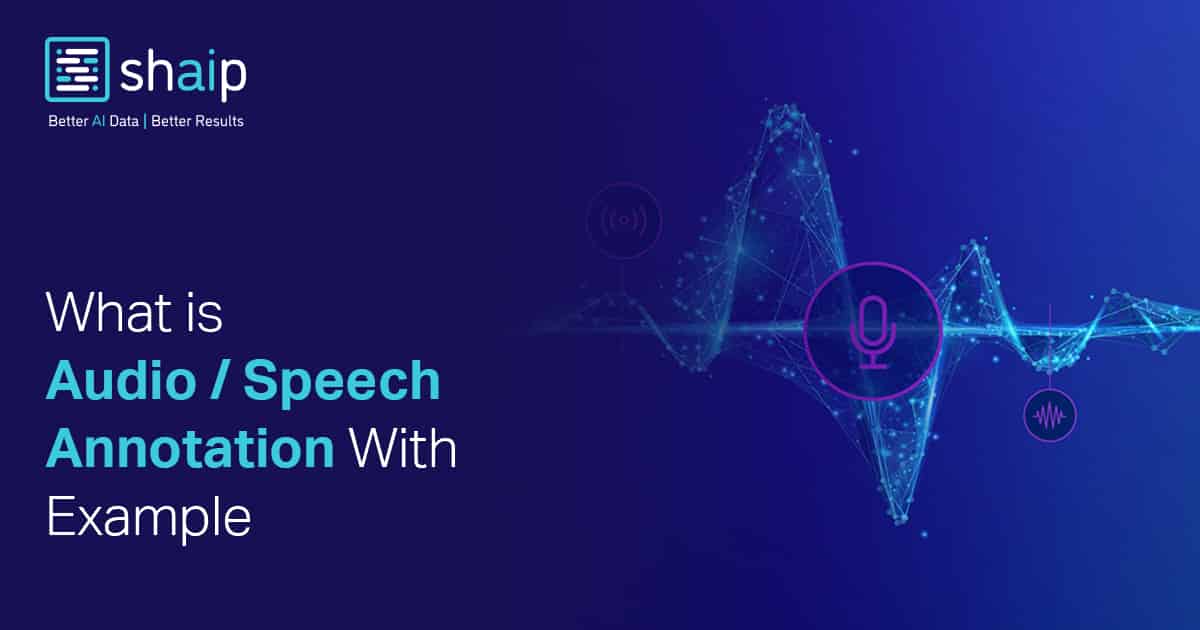Audio Annotation for Intelligent AIs
Develop conversational and perceptive, next-gen AIs with competent audio annotation services
Eliminate the bottlenecks in your audio data pipeline now
Featured Clients
Why is Audio / Speech Annotation Services needed for NLP?
From in-car navigations to interactive VAs, speech-activated systems have lately been running the show. However, for these inventive and autonomous setups to perform accurately and efficiently, they must be fed with sectioned, segmented, and curated data.
While audio / speech data collection takes care of insight availability, feeding datasets blindly wouldn’t be much help to the models, unless they become privy to the context. This is where audio / speech labeling or annotation comes in handy, ensuring that the previously collected datasets are marked to perfection and empowered to manage specific use cases, which might include voice assistance, navigation support, translation, or more.
Put simply, audio/ speech annotation for NLP is all about labeling recordings in a format that is subsequently understood by the machine learning setups. For instance, voice assistants like Cortana and Siri were initially fed with gargantuan volumes of annotated audio for them to be able to understand the context of our queries, emotions, sentiments, semantics, and other nuances.
Speech & Audio Annotation Tool Powered by Human Intelligence
Despite collecting data at length, machine learning models aren’t expected to understand context and relevance, on their own. Well, they can but we shall not talk about the self-learning AIs for now. But even if self-learning NLP models were there to be deployed, the initial phase of training or rather supervised learning would require them to be fed with metadata-layered audio resources.
This is where Shaip comes into play by making state-of-art datasets available to train AI and ML setups, as per the standard use cases. With us by your side, you need not second guess model ideation as our professional workforce and a team of expert annotators are always on the job to label and categorize speech data in relevant repositories.
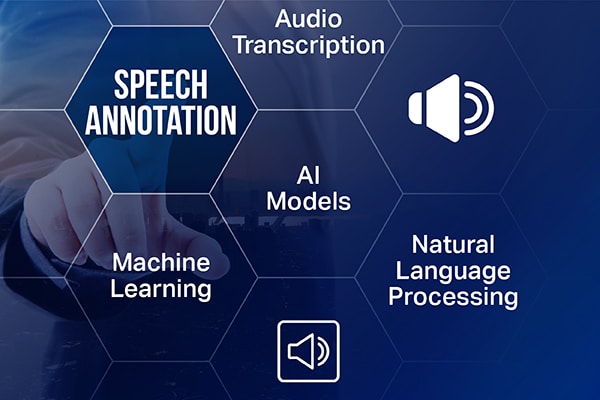
- Scale the capabilities of your NLP model
- Enrich natural language processing setups with granular audio data
- Experience In-person and remote annotation facilities
- Explore the best noise-eliminating techniques like multi-label annotation, hands-on
Our Expertise
Custom Audio Labeling / Annotation isn’t a distant dream anymore
Speech & Audio labeling services have been a forte of Shaip since the beginning. Develop, train & improve conversational AI, chatbots, and speech recognition engines with our state-of-the-art audio & speech labeling solutions. Our network of qualified linguists across the globe with an experienced project management team can collect hours of multilingual audio and annotate large volumes of data to train voice-enabled applications. We also transcribe audio files to extract meaningful insights available in audio formats. Now choose the audio & speech labeling technique that best suits your goal and leave brainstorming and technicalities to Shaip.
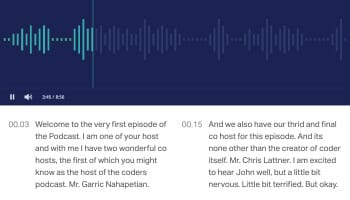
Audio Transcription
Develop intelligent NLP models by feeding in truckloads of precisely transcribed speech/ audio data. At Shaip, we let you choose from a wider set of choices, including standard audio, verbatim, and multilingual transcription. Plus, you can train the models with additional speaker identifiers and time-stamping data.

Speech Labeling
Speech or Audio labeling is a standard annotation technique that concerns separating sounds and labeling with specific metadata. The essence of this technique involves ontological identification of sounds from a piece of audio and accurately annotating them to make the training datasets more inclusive

Audio Classification
It is used by speech annotation companies to train the AIs to perfection, concerns analyzing audio recordings, as per the content. With audio classifications, machines can identify voices and sounds, whilst being able to distinguish between the two, as a part of a more proactive training regime.
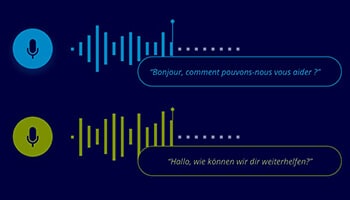
Multilingual Audio Data
Collecting multilingual audio data is useful only if the annotators can label and segment them accordingly. This is where multilingual audio data services come in handy as they concern annotating speech based on the diversity of the language, to be identified and parsed perfectly by the relevant AIs
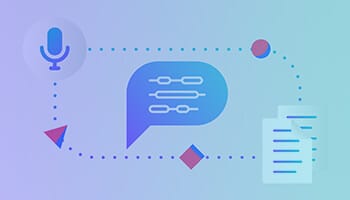
Natural Language
Utterance
NLU concerns annotating human speech for classifying the smallest of details, like semantics, dialects, context, stress, and more. This form of annotated data makes sense in training virtual assistants and chatbots better.

Multi-Label
Annotation
Annotating audio data by resorting to multiple labels is important to help models differentiate overlapping audio sources. In this approach, an audio dataset might belong to one or many classes, which need to the explicitly conveyed to the model for better decision making.

Speaker Diarization
It involves splitting an input audio file into homogenous segments associated with individual speakers. Diarization means identifying speaker boundaries and grouping the audio files into segments to determine the number of distinct speakers. This process helps automate conversation analysis and transcribing of call centre dialogues, medical and legal conversations, and meetings.
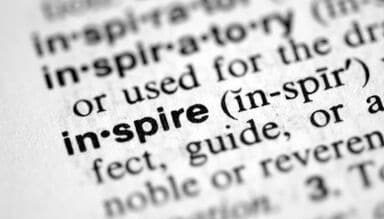
Phonetic Transcription
Unlike regular transcription that converts audio into a sequence of words, a phonetic transcription notes how words are pronounced and visually represents the sounds using phonetic symbols. Phonetic transcription makes it easier to note the difference in pronunciation of the same language in several dialects.
Types of Audio Classification
It attempts to categorize sounds or audio signals into predefined classes based on the environment in which the audio was recorded. The audio data annotators have to classify the recordings by identifying where they were recorded, such as schools, homes, cafes, public transport, etc. This technology helps develop speech recognition software, virtual assistants, audio libraries for multimedia, and audio-based surveillance systems.
It is a critical part of the audio recognition technology where the sounds are recognized and classified based on the environments they originate. Identifying environmental sound events is difficult as they do not follow static patterns like music, rhythms, or semantic phonemes. For example, the sounds of horns, sirens, or children playing. This system helps develop enhanced security systems to recognize break-ins, gunshots, and predictive maintenance.
Music classification automatically analyses and classifies music based on the genre, instruments, mood, and ensemble. It also helps develop music libraries for enhanced organizing and retrieving of annotated pieces of music. This technology is increasingly used in finetuning user recommendations, identifying musical similarities, and providing musical preferences.
NLU is a crucial part of the Natural Language Processing technology that helps machines understand human speech. The two main concepts of NLU are intent and utterances. NLU classifies minor details of human speech such as dialect, meaning, and semantics. This technology helps develop advanced chatbots and virtual assistants to understand human speech better.
Reasons to choose Shaip as your Trustworthy Audio Annotation Partner
People
Dedicated and trained teams:
- 30,000+ collaborators for Data Creation, Labeling & QA
- Credentialed Project Management Team
- Experienced Product Development Team
- Talent Pool Sourcing & Onboarding Team
Process
Highest process efficiency is assured with:
- Robust 6 Sigma Stage-Gate Process
- A dedicated team of 6 Sigma black belts – Key process owners & Quality compliance
- Continuous Improvement & Feedback Loop
Platform
The patented platform offers benefits:
- Web-based end-to-end platform
- Impeccable Quality
- Faster TAT
- Seamless Delivery
Why you should outsource Audio Data Labeling / Annotation
Dedicate Team
It is estimated that data scientists spend over 80% of their time in data cleaning and data preparation. With outsourcing, your team of data scientists can focus on continuing the development of robust algorithms leaving the tedious part of the job, to us.
Better Quality
Dedicated domain experts, who annotate day-in and day-out will – any day – do a superior job when compared to a team, that needs to accommodate annotation tasks in their busy schedules. Needless to say, it results in better output.
Scalability
Even an average Machine Learning (ML) model would require labeling large chunks of data, which requires companies to pull in resources from other teams. With data annotation consultants like us, we offer domain experts who dedicatedly work on your projects and can easily scale operations as your business grows.
Eliminate Internal Bias
The reason why AI models fail, is because teams working on data collection and annotation unintentionally introduce bias, skewing the end result and affecting accuracy. However, the data annotation vendor does a better job at annotating the data for improved accuracy by eliminating assumptions and bias.
Services Offered
Expert image data collection isn’t all-hands-on-deck for comprehensive AI setups. At Shaip, you can even consider the following services to make models way more widespread than usual:

Text Annotation Services
We specialize in making textual data training ready by annotating exhaustive datasets, using entity annotation, text classification, sentiment annotation, and other relevant tools.
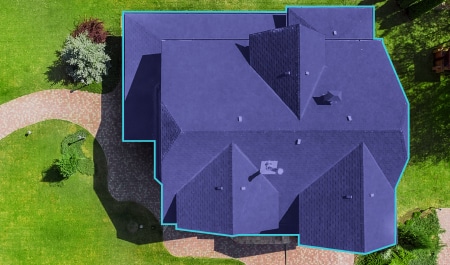
Image Annotation Services
We take pride in labeling, segmented image datasets to train discerning computer vision models. Some of the relevant techniques include boundary recognition & image classification.

Video Annotation Services
Shaip offers high-end video labeling services for training Computer Vision models.
The aim here is to make datasets usable with tools like pattern recognition,object detection, and more.
Recommended Resources
Buyer’s Guide
Buyer’s Guide for Conversational AI
The chatbot you conversed with runs on an advanced conversational AI system that is trained, tested, and built using tons of speech recognition datasets
Offerings
Speech Data Collection Services for your AIs
Shaip offers end-to-end speech/audio data collection services in over 150+ languages to enable voice-enabled technologies to cater to a diverse set of audiences across the globe.
Blog
What is Audio / Speech Annotation With Example
We have all asked Alexa (or other voice assistants) some open-ended questions. Alexa, is the nearest pizza place open? Alexa, which restaurant in my location offers free delivery to my address?
Get Audio Annotation Experts On-board.
Now prepare well-researched, granular, segmented, and multi-labeled audio datasets for intelligent AIs
Frequently Asked Questions (FAQ)
An audio annotator is either a person or an intuitive interface that helps categorize audio content by labeling it with metadata.
For annotating an audio file, you need to process it using the preferred annotating software. You can simply select the timeframe of the annotation, label that best suits the fragment, and the tiers according to which the audio file needs to be annotated. From a simpler perspective, the approach involves finding specific audio elements in the file, like noise, speech, music, and more, and labeling them as per the given class for training models better.
One easily understandable example of speech annotation is to subject the same to active reading via an annotator. Once the process is activated, you can label certain elements of the speech for semantics and dialects, which can then be fed into the VAs and chatbots for improving predictive capabilities.
Audio/ speech annotation in natural language processing is all about preparing the collected data sets better, by labeling and segmented them better, especially from a goal-specific point of view.
Machine learning concerns training models with automated insights. While the collected data plays a major role in this regard, audio annotation takes care of structured learning by helping the models understand the nature of speech, acoustics, audio, and the associated pattern better.
